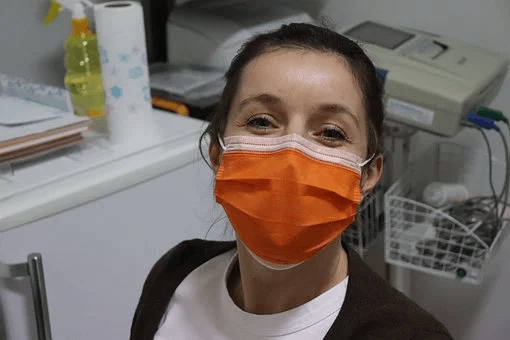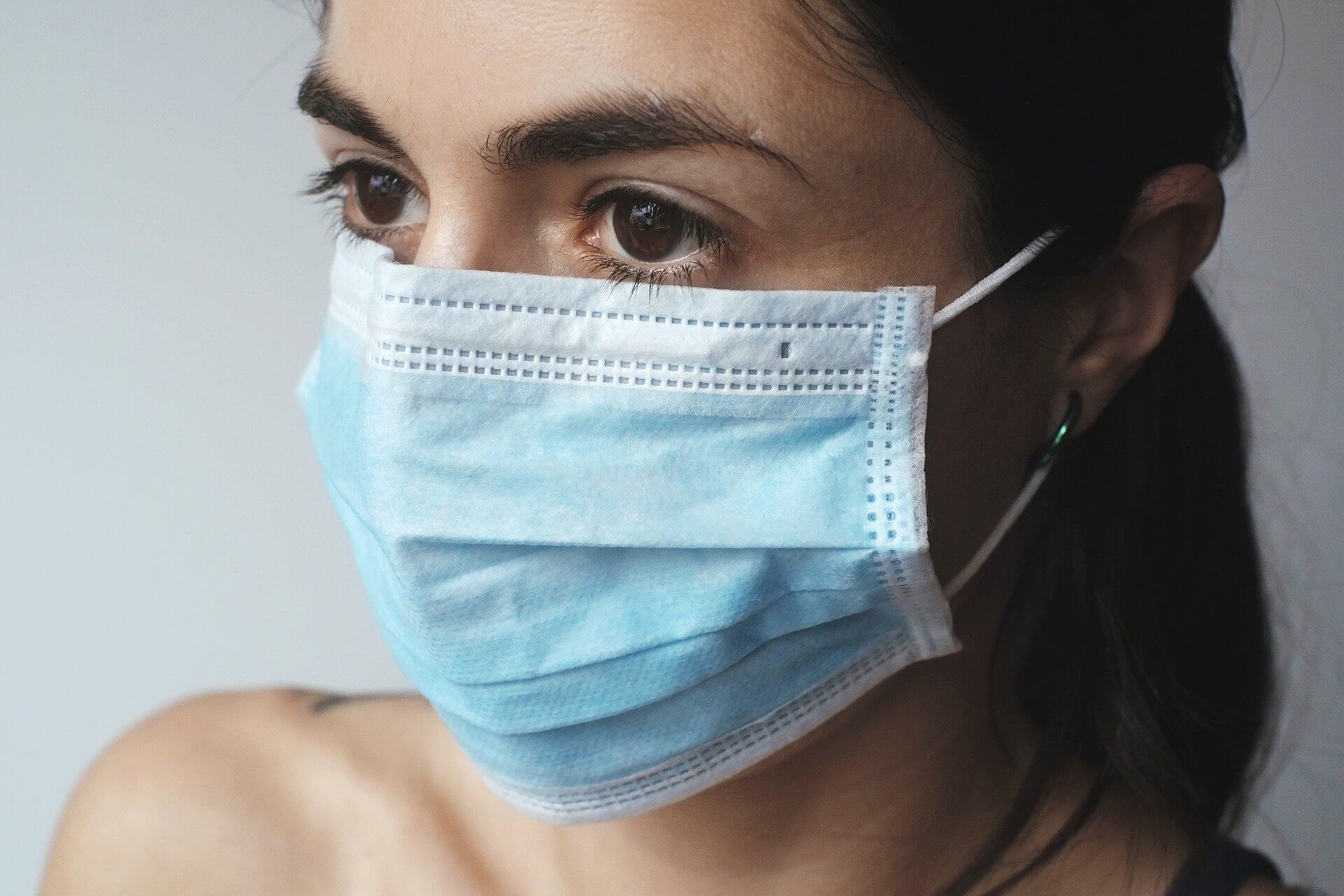3 Things To Know About Masks & Respirators
The onset of the COVID-19 pandemic has made many individuals familiar with terms such as “surgical masks” and “N95 respirators”. This post seeks to answer a few of the most commonly asked questions concerning these items of Personal Protection Equipment (PPE). These questions include what is an N95 respirator and what is the difference between an N95 respirator and a surgical mask. Another common question is ” do I need to wear a mask to avoid COVID-19 infection?”
Masks and respirators are critical items of PPE when combating highly infectious viruses such as SARS-CoV-2 or SARS-CoV-1 that can cause severe respiratory illnesses. However, in reading what follows below, please bear in mind that these items, like other PPE items, are only effective in infection control if the user correctly uses and disposes of them.
What is an N95 mask?

An N95 respirator is a disposable device that allows and maintains a close fit to the contours of your face. It thereby achieves a very efficient filtration of minute airborne particles. The N95 designation signifies that the device will block at least 95% of very small particles. In this context, “small particles” refers to those with size 0.3 microns. When properly fitted, the N95 respirator will offer a higher degree of protection than the surgical masks we describe later. However, it is important to note that even if the user properly fits an N95 respirator, this may not completely eliminate the risk of infection.
N95 respirators are not suitable for individuals with chronic respiratory, cardiac or related health problems . In these cases, the respirator can make breathing more difficult, which can exacerbate the user’s health problems. Some respirators come with exhalation valves that facilitate breathing and prevent heat build up inside the respirator. However, these respirators are not suitable for use when the situation demands sterile conditions.
Individuals with facial hair should not wear N95 respirators. Wearing facial hair or makeup makes it more difficult to achieve a close fit against the face. This in turn compromises the amount of protection from the respirator. We further discuss how to achieve a proper seal for your N95 or KN95 respirator here.
International Alternatives To The N95 Standard
N95 respirators are governed by standards established by the US based National Institute For Occupational Safety & Health (NIOSH). However, there are other equivalent standards in other parts of the world. These include FFP respirators in the European Union and KN95 respirators (such as the DynaPro KN95 respirator) in China. N95, FFP and KN95 respirators are all required to follow very similar standards. In particular, they are all subject to the same requirements with respect to filtration of small particles and ventilation resistance. KN95 respirators also are subject to standards with respect to Total Inward Leakage (TIL) of contaminated air from outside the respirator to within.
What is a surgical mask?

A surgical mask is a loose fitting and disposable device that goes over the nose and mouth. Its purpose is to impose a physical barrier between the wearer’s mouth and nose and any contaminants that may be present in the surrounding environment. In addition to being disposable, surgical masks are not for use by more than one individual. Surgical masks may alternatively be referred to as surgical, isolation, dental, or medical procedure masks. Some surgical masks include a face shield that also protects the wearer’s eyes.
Medical workers wear surgical masks to help block larger particles than those for which N95 respirators are used. These particles include droplets, splashes, sprays and splatter that may carry viral and bacterial contaminants. In addition to protecting the wearer, these masks may also protect those nearby from exposure to saliva or respiratory secretions.
Surgical masks provide a lower level of protection than N95 respirators. This is because they are not an appropriate choice for preventing infiltration of small (0.3 microns) particles. In addition, they do not provide a close fit between the edge of the mask and the contours of the wearer’s face.
Having outlined the differences between N95 respirators and surgical masks, the two types of devices do have the following similarities:
- Both are for the use of one person only;
- They are both single use devices. Once you remove either device from the face, you should not use it again;
- Both surgical masks and surgical N95 respirators undergo testing for filtration efficiency, fluid resistance, flammability and biocompatibility. Surgical N95 respirators are a subgroup of N95 respirators that are suitable for use in health care settings.
Do I need to wear a mask to avoid COVID-19 infection?
At this time, the most common view among public health physicians is that this is not necessary for healthy individuals who are not health care workers. For these individuals, the most effective way to avoid infection is frequent handwashing. In addition, you should avoid touching your face as much as possible, especially with unwashed hands. Maintaining a distance of 6 feet or more from other individuals (“social distancing”) is also an important component of an infection control strategy. For an individual untrained in using and disposing of masks or respirators, their use can actually increase the infection risk.








How can I get price for kn95 dynapro masks with over the head strap?
Price for Almedic N95.?
I am an individual, not medical professional, looking for mask with over the head straps, that is protective.